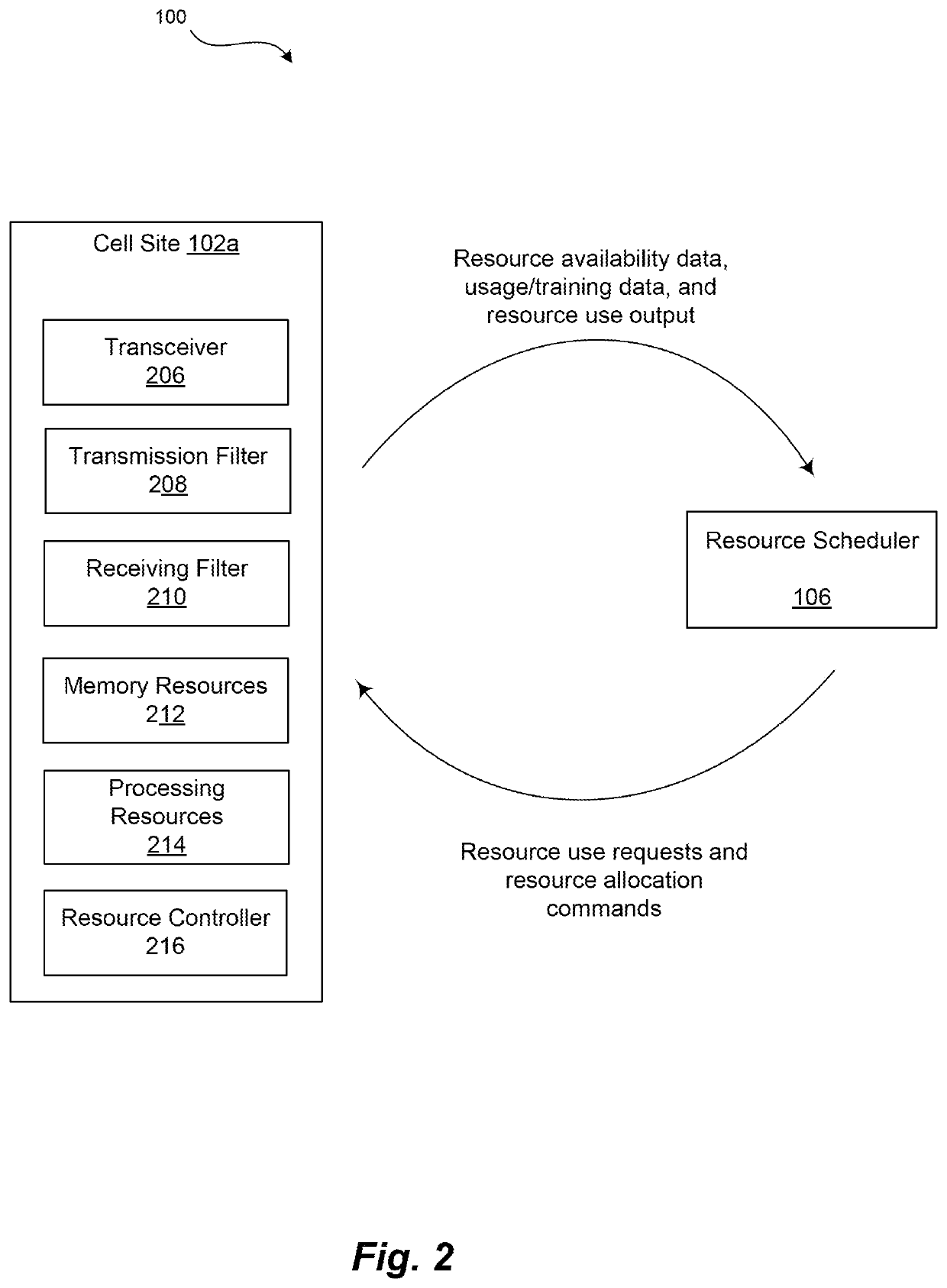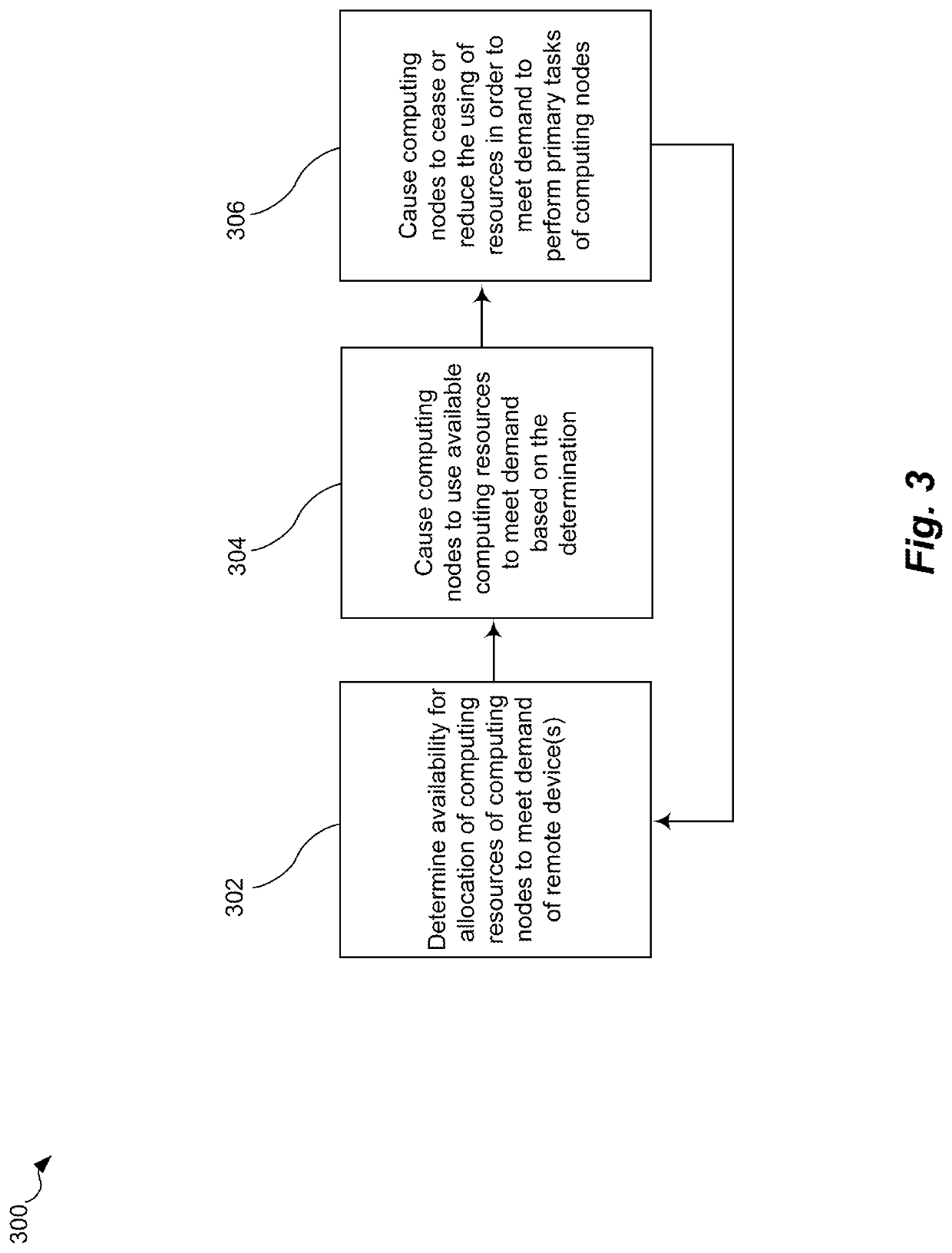Systems and methods for utilizing distributed computing and storage resources
a distributed computing and storage resource technology, applied in the field of can solve the problems of increasing idle or otherwise available computing and storage resources, and achieve the effects of increasing the penetration of high-end cloud computing, increasing the demand for computing and data storage, and increasing the intern
- Summary
- Abstract
- Description
- Claims
- Application Information
AI Technical Summary
Benefits of technology
Problems solved by technology
Method used
Image
Examples
Embodiment Construction
[0011]In the following description, certain specific details are set forth in order to provide a thorough understanding of various disclosed embodiments. However, one skilled in the relevant art will recognize that embodiments may be practiced without one or more of these specific details, or with other methods, components, materials, etc. In other instances, well-known structures associated with computing systems including client and server computing systems, as well as networks, including various types of telecommunications networks, have not been shown or described in detail to avoid unnecessarily obscuring descriptions of the embodiments.
[0012]FIG. 1 is a block diagram of an example system 100 for utilizing distributed computing and storage resources, according to various embodiments of the present disclosure. The system 100 includes a plurality of cell sites, including cell site A 102a, cell site B 102b and cell site C 102c, which may be geographically separated. In various emb...
PUM
 Login to View More
Login to View More Abstract
Description
Claims
Application Information
 Login to View More
Login to View More - R&D
- Intellectual Property
- Life Sciences
- Materials
- Tech Scout
- Unparalleled Data Quality
- Higher Quality Content
- 60% Fewer Hallucinations
Browse by: Latest US Patents, China's latest patents, Technical Efficacy Thesaurus, Application Domain, Technology Topic, Popular Technical Reports.
© 2025 PatSnap. All rights reserved.Legal|Privacy policy|Modern Slavery Act Transparency Statement|Sitemap|About US| Contact US: help@patsnap.com



